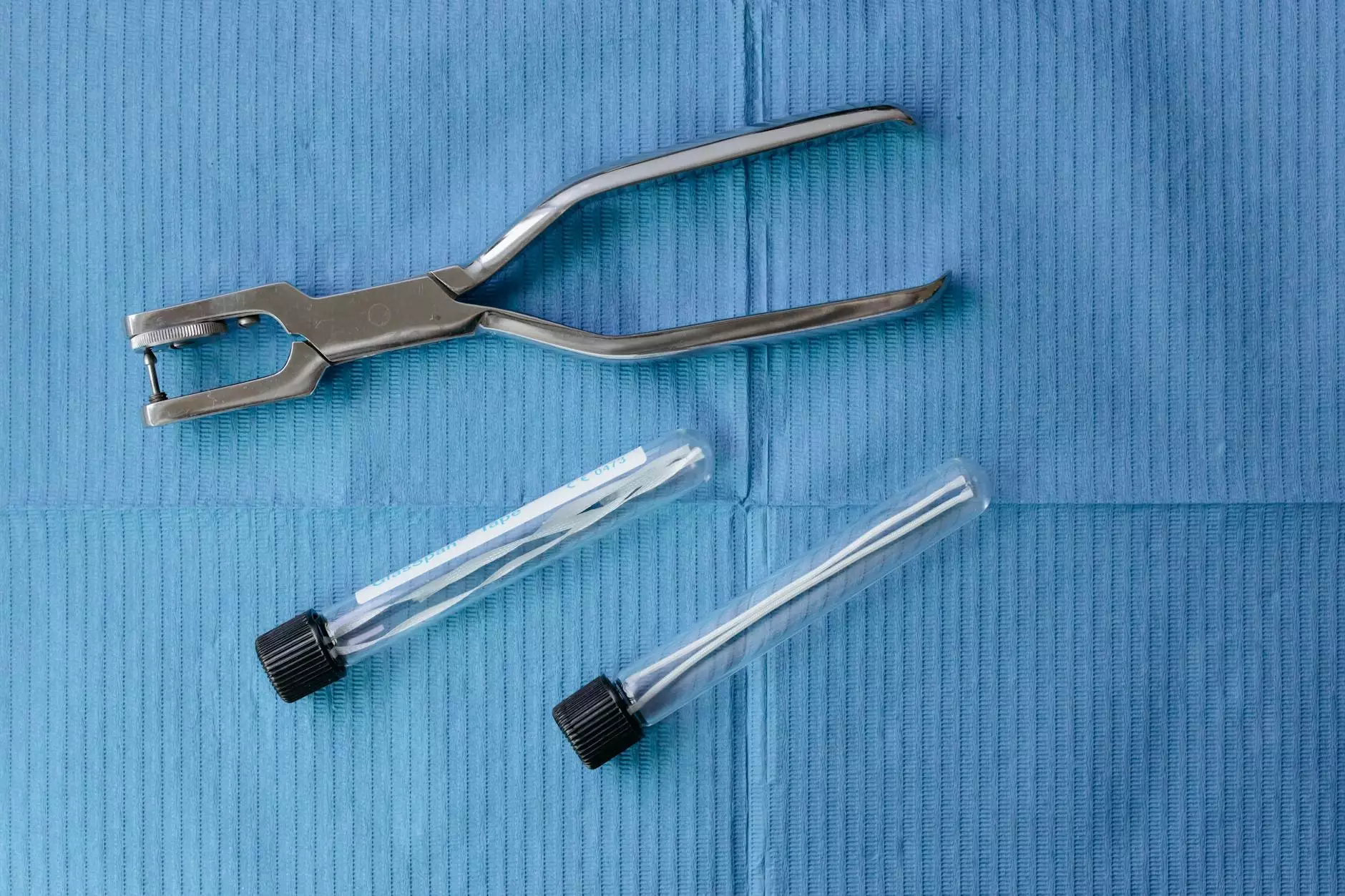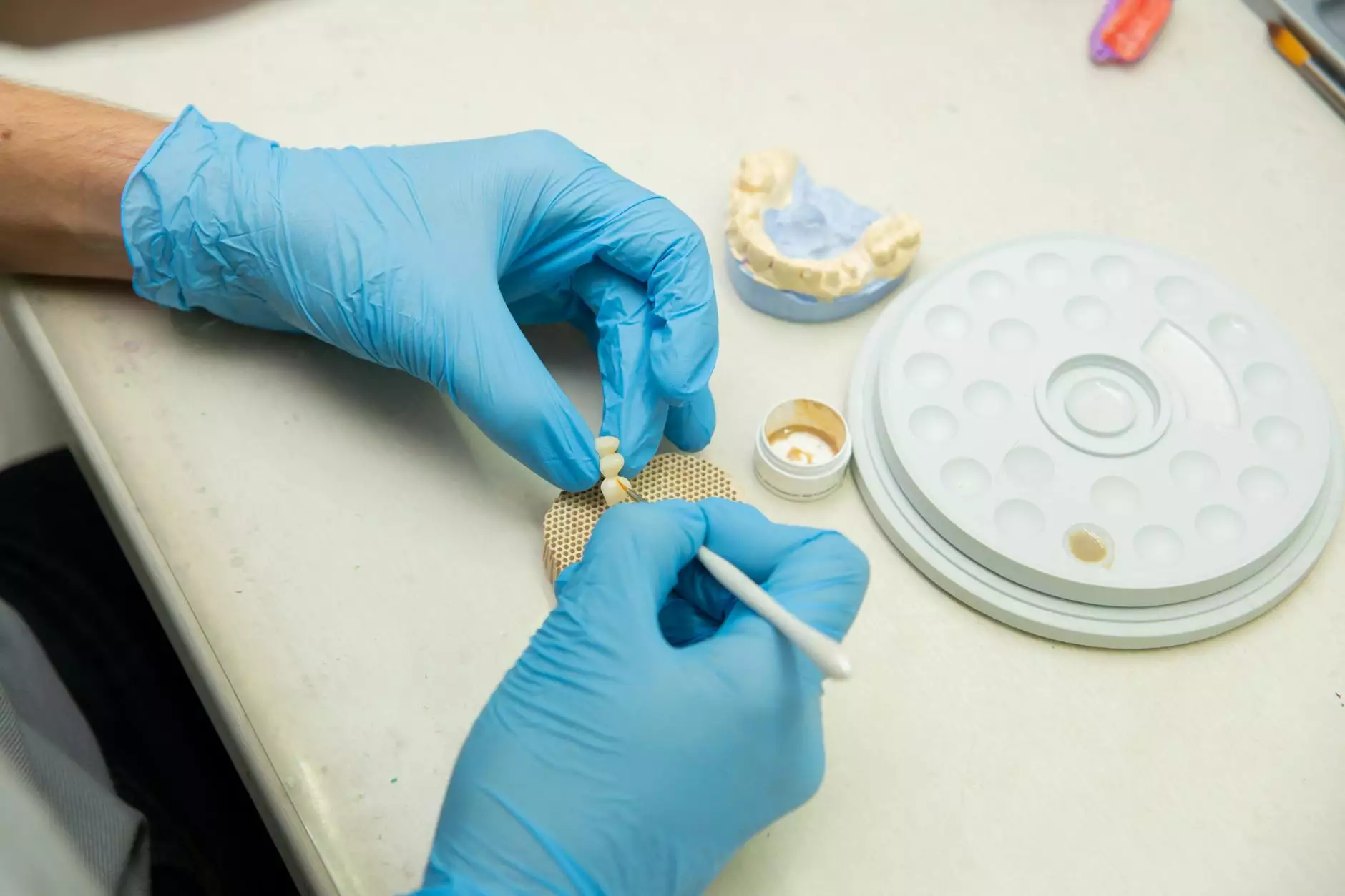The Importance and Benefits of Mobile Sterilization Units

In recent years, the healthcare industry has witnessed a remarkable transformation driven by advancements in technology and an increasing emphasis on patient safety. Among the innovations that have significantly impacted healthcare delivery are mobile sterilization units. These units play a crucial role in maintaining hygiene standards, reducing the risk of infections, and ensuring that medical facilities can operate efficiently, especially in under-served areas. In this article, we will delve into the significance of mobile sterilization units, how they operate, their benefits, and their transformative impact on healthcare delivery.
What is a Mobile Sterilization Unit?
A mobile sterilization unit is a fully equipped vehicle designed to provide sterilization services on-site, anywhere they are needed. These units are characterized by their mobility and state-of-the-art technology, allowing them to perform sterilization processes efficiently and effectively. They are utilized in various settings, including:
- Remote medical clinics
- Disaster response situations
- Outdoor events with medical services
- Temporary healthcare facilities
- Dental, veterinary, and specialized mobile health services
The Importance of Sterilization in Healthcare
Proper sterilization is vital in healthcare to ensure the safety of patients and healthcare providers. The potential consequences of insufficient sterilization practices can be severe, leading to:
- Increased risk of hospital-acquired infections (HAIs)
- Extended hospital stays and higher costs
- Compromised surgical outcomes
- Threats to public health safety
The integration of mobile sterilization units into healthcare systems provides a comprehensive solution to these issues, significantly enhancing infection control protocols.
How Mobile Sterilization Units Work
The operation of a mobile sterilization unit involves several key processes and technologies:
- Preparation: Instruments and equipment from medical facilities are loaded onto the mobile unit. All items must be free from visible soil and adequately packaged before sterilization.
- Sterilization Process: Different sterilization methods can be employed, including steam (autoclaving), ethylene oxide gas, or hydrogen peroxide plasma, depending on the types of instruments and the desired processes.
- Monitoring: The units are equipped with monitoring systems that ensure the effectiveness of the sterilization process through biological indicators and real-time data tracking.
- Transport and Storage: Once sterilized, instruments are securely packaged and labeled. The mobile unit can transport them to their destination or return them to healthcare facilities.
The Benefits of Using Mobile Sterilization Units
The deployment of mobile sterilization units offers numerous benefits that contribute to improved healthcare delivery:
1. Enhanced Accessibility
Mobile sterilization units can reach areas that may lack adequate healthcare infrastructure. This means that remote or under-resourced communities can access sterilization services that are otherwise unavailable.
2. Improved Patient Safety
By ensuring that all surgical instruments and equipment are properly sterilized, these units significantly reduce the risk of infections, providing safer environments for patients undergoing procedures.
3. Efficiency in Operations
Mobile units streamline the sterilization process by bringing it directly to the point of care. This reduces the time and manpower required for transporting instruments back and forth between facilities and eliminates delays in patient care.
4. Cost-Effective Solutions
Investing in a mobile sterilization unit can lead to significant cost savings for healthcare facilities. By avoiding infection outbreaks, facilities can save on potential treatment costs and reduce the length of hospital stays.
5. Versatility and Adaptability
These units can adapt to different circumstances, such as providing emergency sterilization during disaster relief efforts or at large public gatherings. This flexibility makes them invaluable assets in various situations.
Case Studies: Successful Implementations
Several healthcare organizations have successfully integrated mobile sterilization units into their operations, leading to noted improvements in both efficiency and patient outcomes.
Case Study 1: Rural Health Clinics
In a series of rural health clinics across the Midwest, mobile sterilization units were deployed to address the long-standing issue of delayed sterilization processes. By providing on-site sterilization, these clinics reported a 30% increase in surgical case throughput, allowing more patients to receive timely care and reducing wait times significantly.
Case Study 2: Disaster Response
After a devastating hurricane impacted a coastal community, a mobile sterilization unit was dispatched to the area. The unit provided critical sterilization services for makeshift medical facilities treating displaced individuals and injured party victims, ensuring that medical staff could operate without the fear of compromising patient safety through contaminated instruments.
Challenges and Considerations
While mobile sterilization units are revolutionizing healthcare accessibility, there are challenges that organizations must navigate:
- Regulatory Compliance: Mobile units must adhere to healthcare regulations, which can vary by location. Understanding and complying with these regulations is critical.
- Operational Costs: Initial investment and ongoing maintenance can be significant. Organizations need to evaluate the cost-effectiveness of these units thoroughly.
- Staff Training: Personnel operating mobile sterilization units require specialized training to ensure they can effectively manage sterilization processes and comply with safety protocols.
Future Trends in Mobile Sterilization
The landscape of mobile sterilization is poised for continual evolution, influenced by technological advancements and changing healthcare demands. Key trends include:
1. Integration of Advanced Technologies
Future units may incorporate AI and IoT technology to monitor sterilization processes more effectively, ensuring real-time compliance and optimization of workflow.
2. Sustainability
As healthcare becomes increasingly eco-conscious, mobile sterilization units may adapt sustainable practices, such as using eco-friendly sterilization agents and energy-efficient systems.
3. Expanded Service Offerings
Mobile units may evolve to provide additional services beyond sterilization, including minor surgical procedures, preventive care, and even vaccination drives in underserved areas.
Conclusion
The introduction of mobile sterilization units represents a significant leap forward in providing high-quality healthcare where it is most needed. By improving accessibility, enhancing patient safety, and streamlining operations, these units offer invaluable solutions for today's healthcare challenges. As technology continues to advance and healthcare demand evolves, mobile sterilization units will play an increasingly pivotal role, ultimately ensuring that every patient, regardless of location, has access to safe and timely medical care.
For more information about how mobile sterilization units can enhance healthcare delivery in your area, visit mobileclinic.healthcare.









